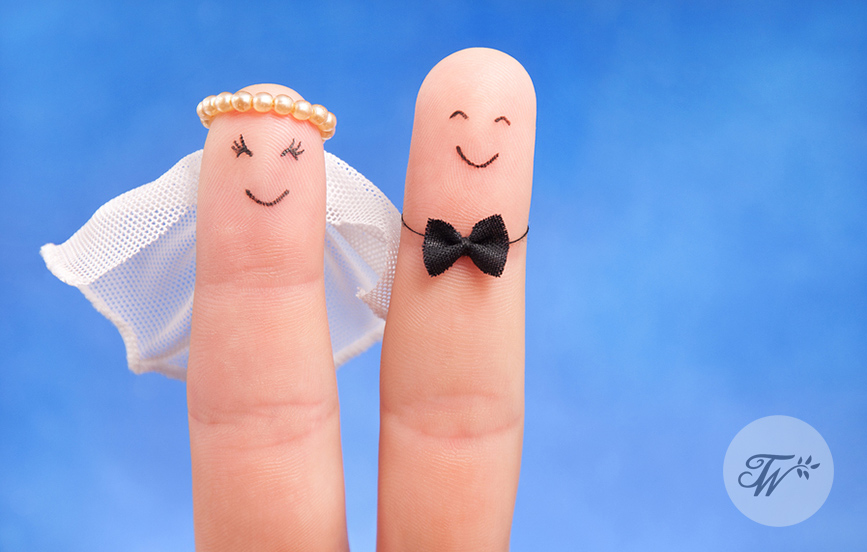Gestures are usually something we acquire almost the same way as language, and we do not think too much before using them. While some gestures are shown only in particular situations, some of them are used automatically, such as nodding our head. However, not all gestures mean the same in all cultures. While some gestures only differ in meaning, others can be perceived as negative or even highly offensive in other cultures.
For example, an automatic gesture of nodding our head means “yes” in most cultures. However, if you nod your head in Bulgaria, it means exactly the opposite, which causes a lot of confusion between locals and tourists and creates many funny and sometimes unpleasant situations.
There are some gestures considered positive in western cultures, but perceived as negative in other ones. For example, while we use thumbs-up to show approval and support, in Thailand it is typically used by children and it is an equivalent to sticking out your tongue. In the Middle East it is a very offensive gesture, so make sure to avoid it.
Making a circle with a thumb and an index finger is an “ok” sign in North America. However, in France it depicts a zero, which means that by showing it to someone you want to call the person worthless. In Germany and Brazil it is an obscene gesture, whereas in Japan it symbolizes money.
People from western cultures often keep their fingers crossed to wish good luck to someone. However, if you show this sign to a person in Vietnam, it is very insulting and rude, because it depicts female genitalia.
Curling an index finger towards you is a sign of inviting in many western countries. However, in Philippines and some other Asian countries it is very offensive to use it with people – because it is only used on dogs.
The “V” sign is commonly seen on photos from all over the world, and with the palm turned outwards it is an internationally recognized symbol of peace or victory. However, with the palm turned inwards, this gesture has a completely different meaning – in the UK, Ireland, Australia and New Zealand, this is an insult meaning “f*** you”.
The “horns” sign is an old symbol, which used to be connected with demons and the devil, but in the modern western cultures it is a sign used by rock and metal fans. However, in Spain, Portugal and Italy this sign is offensive, because if you show it to a man, it means that his wife is cheating on him.
Just like our languages differ, so do the gestures we use. Therefore, before travelling to a foreign country, just like you will learn a few words in their language – make sure to learn about the meaning of their gestures as well.





















